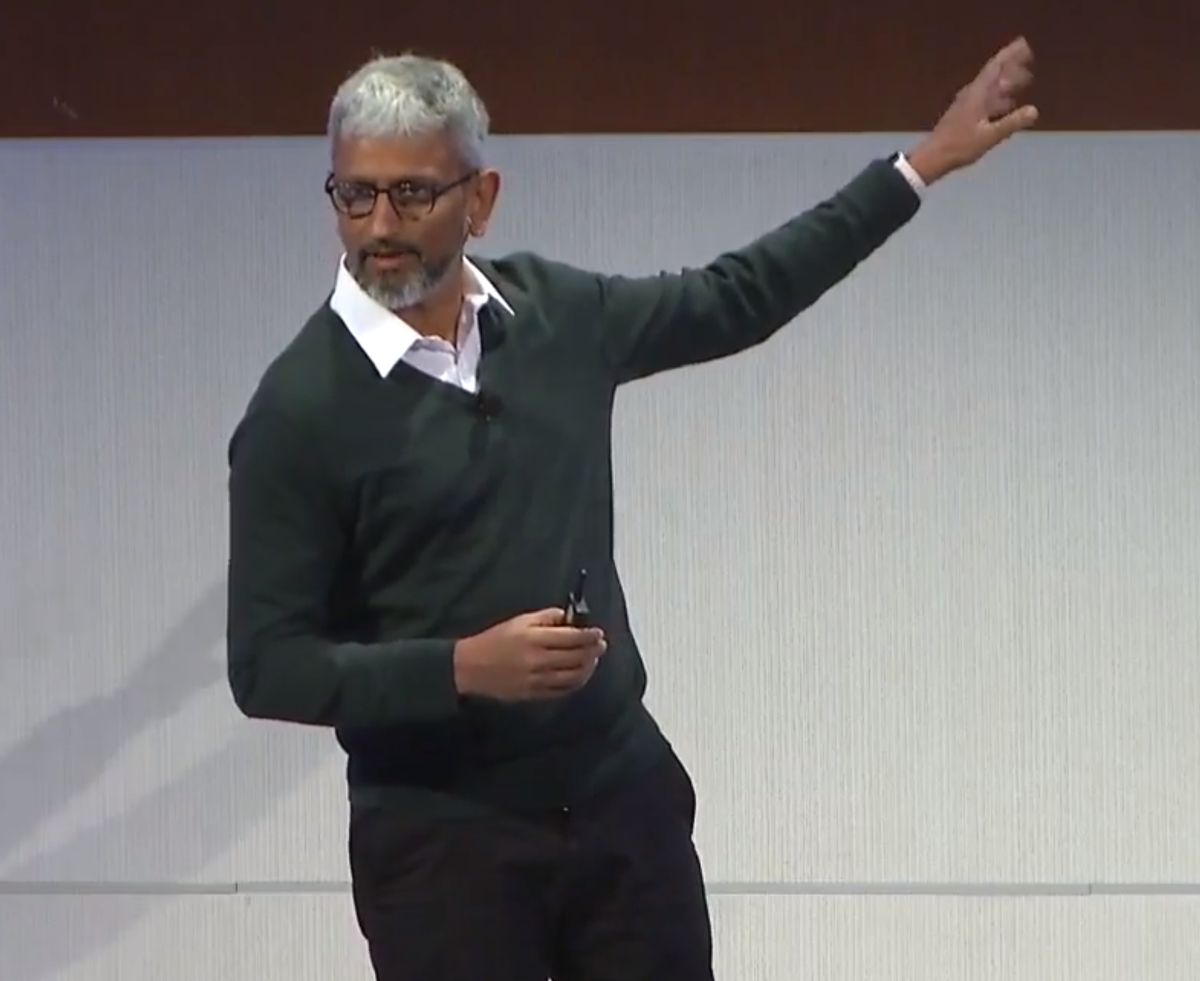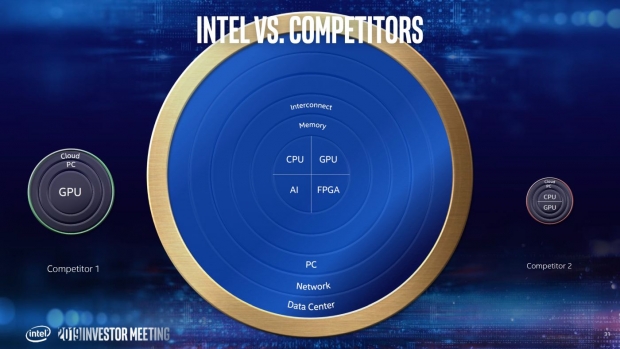Out of 12 million data-centric developers, Intel tracks that eight million are cloud-native, one million are GPU centric developers, and 100K are AI developers. These groups overlap.
A GPU developer ecosystem with one million developers is impressive considering that just a decade ago GPUs were being used for gaming and some visualization only. AI number of developers runs at 100,000 and at first, seems small, but considering that the whole AI story started just a few years back, it is a fast-growing area. Every company has an AI strategy these days as everyone wants to optimize and make better sense of data.
Four versus one vs. two architectures vs. one
The green company that has one architecture around GPU let’s not call it CUDA and Nvidia. Raja pointed out that he is unaware of any memory strategy, but some interconnect strategy based on Nvidia’s recent acquisition of Mellanox. It is clear that Nvidia doesn’t have either CPU, AI accelerator or FPGA, at least not now. The Nvidia strategy revolves around one thing, a GPU, and we know for a fact that GPU is not performing great in low latency required workloads.
The one painted in red has two architectures, CPU and GPU but no memory interconnect that he is aware of and he points that the size of the developer ecosystem around AMD is tiny. Without Intel’s invaluable software contribution, it (AMD) has no meaningful software ecosystem. Bear in mind that Raja worked a long time for AMD until recently and has a good insight.
Intel better shaped for future workloads
Having CPU, GPU, AI accelerator and FPGA is Intel’s strategy, all under OneAPI and that should provide much higher scores than a GPU or CPU and GPU strategy by competitors.
The four key pillar strategy makes a lot of sense and Nervana, and a future datacenter GP GPU are marvelous pieces of a complex puzzle targeted to help Intel in that strategic future.
Also bear in mind that every time you touch your precious Android or iOS-based iPhone, you are most likely interacting with X86 and Intel-based products on the server side.




